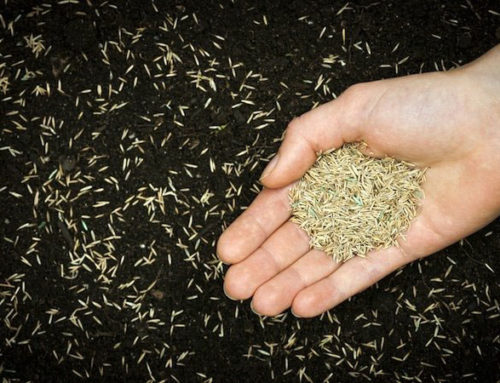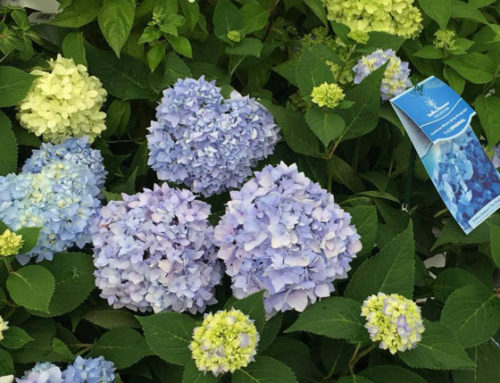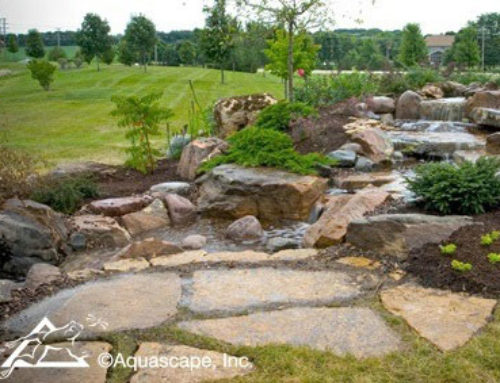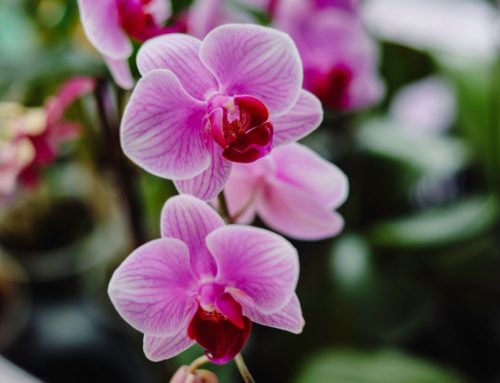[su_row]
The coastal maritime climate of Western Washington, particularly the Puget Sound region, is characterized by mild wet winters and relatively dry summers and can accommodate a wide variety of fruit trees.
Whether you are choosing two or three favorite varieties for a small urban backyard or have a larger orchard for family and even farmers-market production, you will find a wonderful selection here at Johnsons Home & Garden.
The list below represents the varieties we have in stock right now!
[/su_row]
Check out this great Fruit Tree Resource Guide from the Washington State University Extension office of Western Washington.
Apples
[su_row]
[su_column size=”1/4″]
Liberty
Ripe early to mid October. Attractive, uniform red fruit with good flavor, very similar to Spartan in appearance and quality. [/su_column]
[su_column size=”1/4″]
Honeycrisp
Ripe mid September to early October. Large bicolor, red stripe over yellow, needs selective harvesting for best storage quality.
[/su_column]
[su_column size=”1/4″]
Espaliered Honeycrisp
Espaliered varieties can be grown along fence lines, or in tight/small places like patios.
[/su_column]
[su_column size=”1/4″]
Fuji
Ripe mid September to early October. Very firm, sweet flavor, excellent keeping quality
[/su_column]
[/su_row]
[su_row]
[su_column size=”1/4″]
Fuji Mini Dwarf
Ripe mid September to early October. Very firm, sweet flavor, excellent keeping quality
[/su_column]
[su_column size=”1/4″]
King
Large, smooth-skinned yellow apple with orange-red blush on a yellow background skin color.
[/su_column]
[su_column size=”1/4″]
Gravensteins
Ripe early September. Both Red and Common strains are widely grown in western Washington.
[/su_column]
[su_column size=”1/4″]
Northern Spy
Late season, large and stout apple with carmine red skin married with streaks of yellow and pale green.
[/su_column]
[/su_row]
[su_row]
[su_column size=”1/4″]
Chehalis
Ripe early to mid September. Yellow apple with good natural resistance to scab but susceptible to mildew.
[/su_column]
[su_column size=”1/4″]
Gala
Ripe mid September. Very firm dense flesh with sweet flavor.
[/su_column]
[su_column size=”1/4″][/su_column]
[su_column size=”1/4″][/su_column]
[/su_row]
Pear
[su_row]
[su_column size=”1/4″]
Red Bartlett
Pick early to mid September. Used widely for both fresh eating and canning.
[/su_column]
[su_column size=”1/4″]
Bosc
Pick late September. Old French variety, classic late dessert pear.
[/su_column]
[su_column size=”1/4″]
Shinko Oriental
Pick in September. Medium to large fruit with a brown to golden-brown skin.
[/su_column]
[su_column size=”1/4″]
Shinseiki Oriental
Ripe in early to mid September. Yellow skin, high quality with crisp, white, juicy flesh, a mild, sweet flavor.
[/su_column]
[/su_row]
[su_row]
[su_column size=”1/4″]
Nijisseiki Oriental
Medium sized, round, yellow fruit are said to be the most flavorsome of all Asian variety of Pears.
[/su_column]
[su_column size=”1/2″]
4 Way Oriental Pear
Shinko Asian pear, Nijisseiki Asian pear, Shinseiki Asian pear, and Chojuro Asian pear. With four types of pair each branch will pollinate the other, and other pear trees likewise even English pairs such as Bartlett.
[/su_column]
[su_column size=”1/4″][/su_column]
[/su_row]
Plum Trees
[su_row]
[su_column size=”1/4″]
Shiro plum
Ripe late July to early August. Yellow skin and flesh, large very juicy fruit, sweet, very productive.
[/su_column]
[su_column size=”1/4″]
Seneca plum
Ripe mid August to early September. Completely free stone, high quality, either eaten fresh or used for drying and canning
[/su_column]
[su_column size=”1/2″]
4 Way plum
Four plums grafted on a single trunk. They are Shiro plum, Santa Rosa plum, Italian prune, and beauty plum. Since there are different plums on this tree, it becomes self fertile, one branch to the other. It will likewise pollinate other cherry trees.
[/su_column]
[/su_row]
Cherry Trees
[su_row]
[su_column size=”1/4″]
Rainier
Ripe mid July. Skin color is a bright red blush over yellow.
[/su_column]
[su_column size=”1/4″]
Sam cherry
Ripen through July. Ripe color leans toward blackened red and sweet tasting.
[/su_column]
[su_column size=”1/4″]
Royal Ann cherry
Ripens through July. Large sweet cherry that is yellow in color with a red blush.
[/su_column]
[su_column size=”1/4″]
Lapin cherry
Ripe mid to late July. Self Fertile. A sweet black cherry variety that is highly successful in Western Washington.
[/su_column]
[/su_row]
Fruiting & Nut Trees
[su_row]
[su_column size=”1/4″]
Jefferson hazelnut
Harvest in late summer to early fall. Sweet buttery taste. Disease and drought tolerant.
[/su_column]
[su_column size=”1/4″]
Halls Hardy Almond
Harvest in Fall. Self Fertile. Begins production often in the third year and will produce 12-15 lbs. of nuts at maturity.
[/su_column]
[su_column size=”1/4″]
Aromatnaya Russian Quince
Ripens in October. From southern Russia, extremely aromatic, with a fresh pineapple-like flavor.
[/su_column]
[su_column size=”1/4″]
Smyrna Turkish Quince
Ripens in Early Fall. Tolerates wet soil. Very productive with excellent flavor for preserves and baking.
[/su_column]
[/su_row]
[su_row]
[su_column size=”1/4″]
NC-1 Pawpaw tree
Ripens in late September. With few seeds, this tropical-tasting treat is great for fresh-eating and desserts.
[/su_column]
[su_column size=”1/4″]
Mango Pawpaw tree
Ripens in October. Vigorous growing tree produces large, flavorful fruit that tastes like vanilla custard.
[/su_column]
[su_column size=”1/4″]
So Jujube tree
Ripens in late Summer. Makes a good container tree. Fruit is round with a crisp apple-like flavor. Good fresh eating variety.
[/su_column]
[su_column size=”1/4″]
Li Jujube tree
Harvest in early Fall. Reddish brown, dry and wrinkled, sweet and chewy (like dates) when fully ripe.
[/su_column]
[/su_row]
[su_row]
[su_column size=”1/4″]
Puget gold apricot
Harvest in early Fall. This is one of the few apricot varieties that does well in Western Washington. Very Flavorful.
[/su_column]
[su_column size=”1/4″]
Frost Peach
Ripe mid August. Self Fertile. Semi-free stone, natural resistance to leaf curl develops in older trees. Good home orchard peach.
[/su_column]
[su_column size=”1/4″]
Italian prune
Ripe mid to late August. Self Fertile. They have dense sweet flesh, suited for both drying and canning as well as fresh.
[/su_column]
[su_column size=”1/4″][/su_column]
[/su_row]





